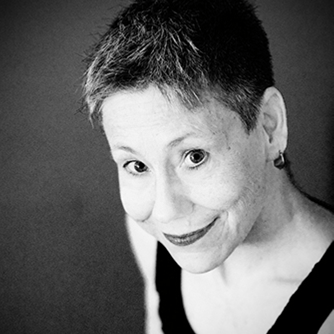Five years ago this week, the Tōhoku region of northeastern Japan was rocked by a violent earthquake and tsunami that triggered an accident at the Fukushima Daiichi nuclear power plant. In the wake of the disaster, Japanese writers grappled with the question of how, and whether, the events should be addressed, and responded in multiple ways.
Two poems written in the immediate aftermath illustrate this range. In “Do Not Tremble,” Toshiko Hirata confronts the shifting earth—“an unruly cradle / A cruel cradle that lets / Neither adult nor child sleep”—and begs it to “spin innocently” and leave the upheaval to other, more benign elements. In contrast, Ohsaki Sayata equates language with disaster and violence; her “Noisy Animal” declares, “I am an animal that walks about speaking endlessly / I am not unable to speak only about what I have seen.”
The celebrated Yoko Tawada’s dystopian science fiction tale “The Far Shore” reflects her concern about the potential consequences of post-Fukushima Japan continuing its current energy production practices. Tawada calls out the Japanese politicians and scientists who defend nuclear plants as a form of safe energy, barring “unforeseeable” circumstances—“unforeseeable” reflecting not fate or fluke, but the inevitable result of the refusal to acknowledge danger.
A documentary impulse informs novelist Hideo Furukawa’s Horses, Horses, in the Innocence of Light. In the book, a fusion of fiction, history, and memoir, the narrator travels back to his childhood home near Fukushima after 3/11. His attempts to describe what he sees and feels are constantly interrupted, and disrupted: “Every time there was a strong aftershock, I would revise. The aftershocks left no options.” Furukawa’s novel is published this month. Its subtitle, “A Tale That Begins in Fukushima,” confirms that the events of 3/11 are both historic moment and ongoing crisis: the aftershocks continue.
Image: MINATO, Japan (March 18, 2011) An aerial view of Minato, Japan, a week after a 9.0 magnitude earthquake and subsequent tsunami devastated the area. (U.S. Marine Corps photo by Lance Cpl. Ethan Johnson/Released)








